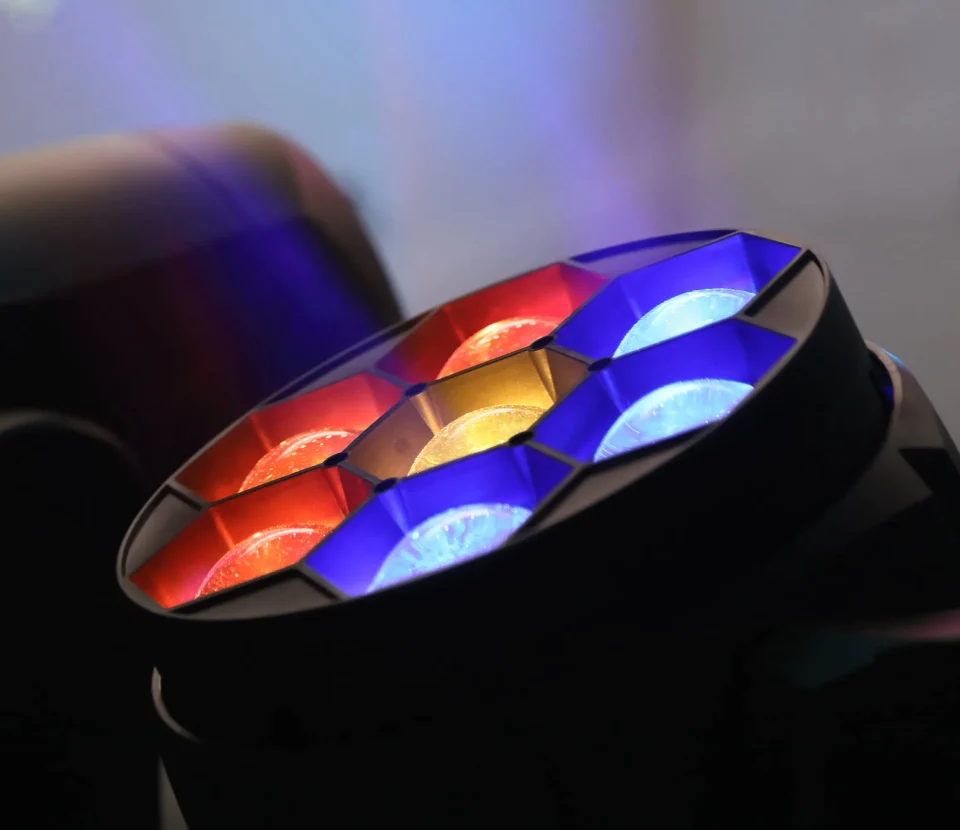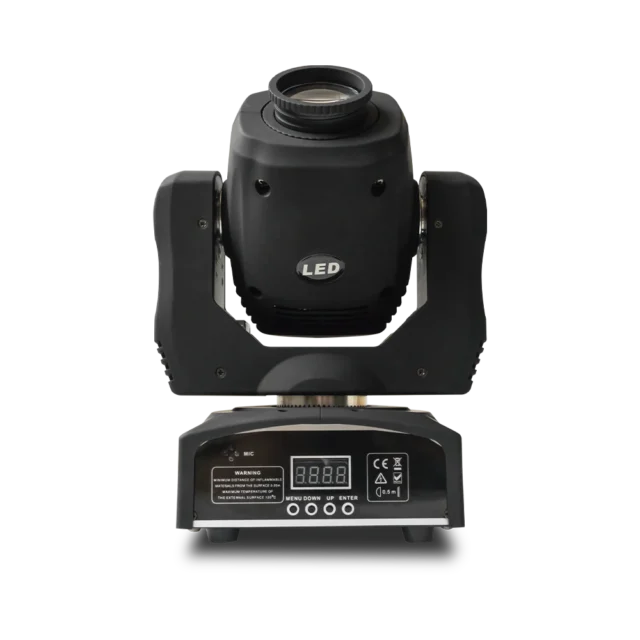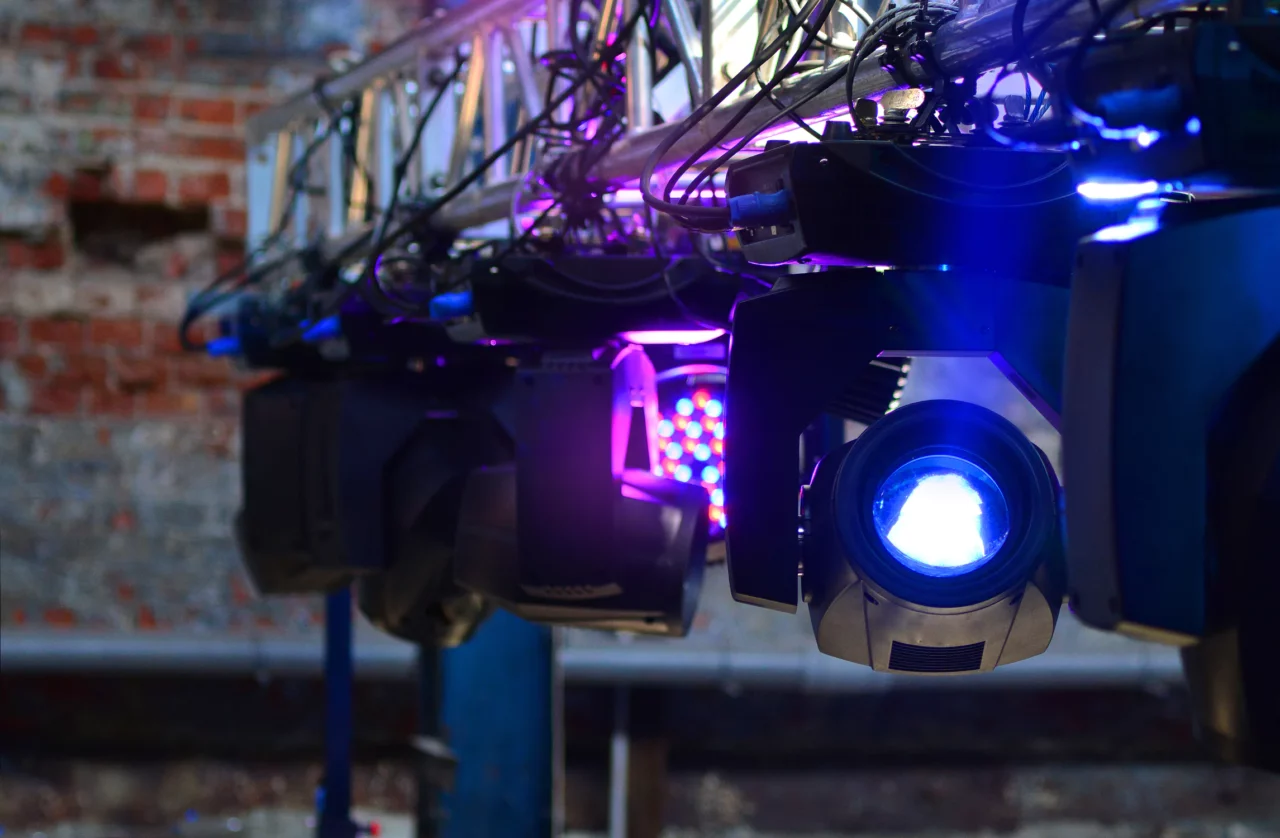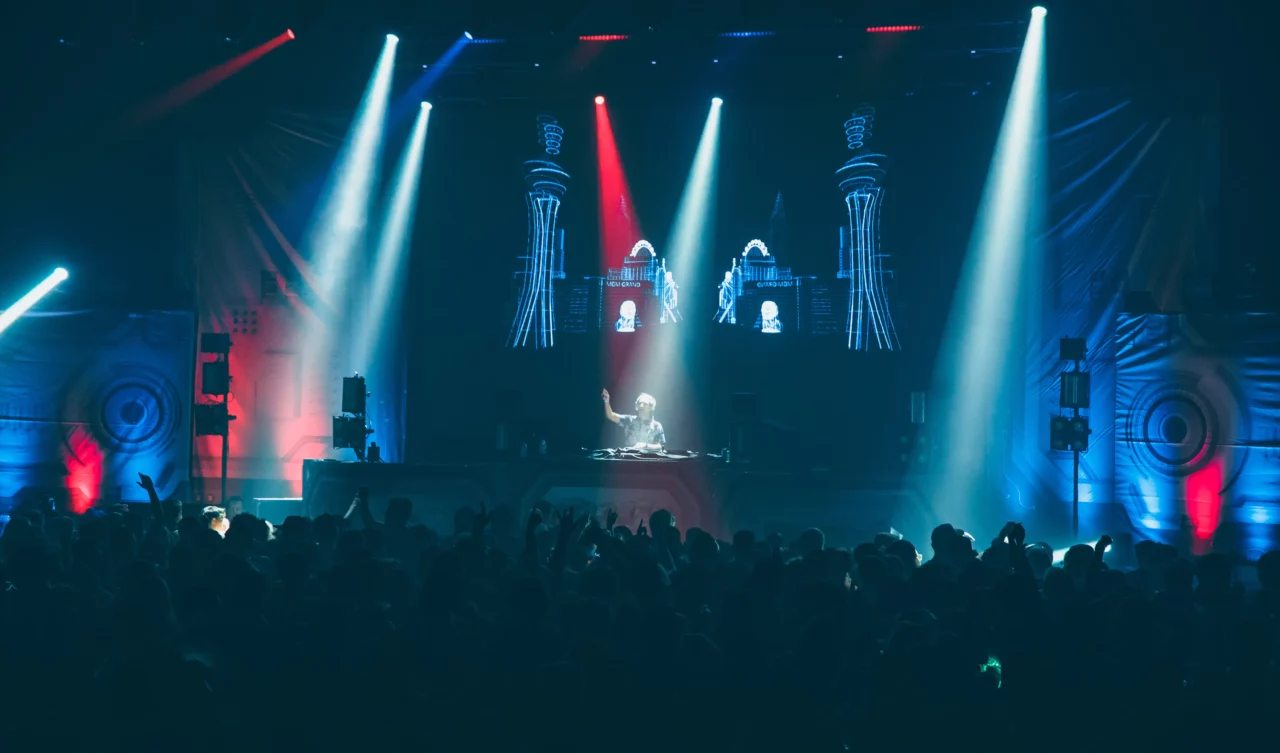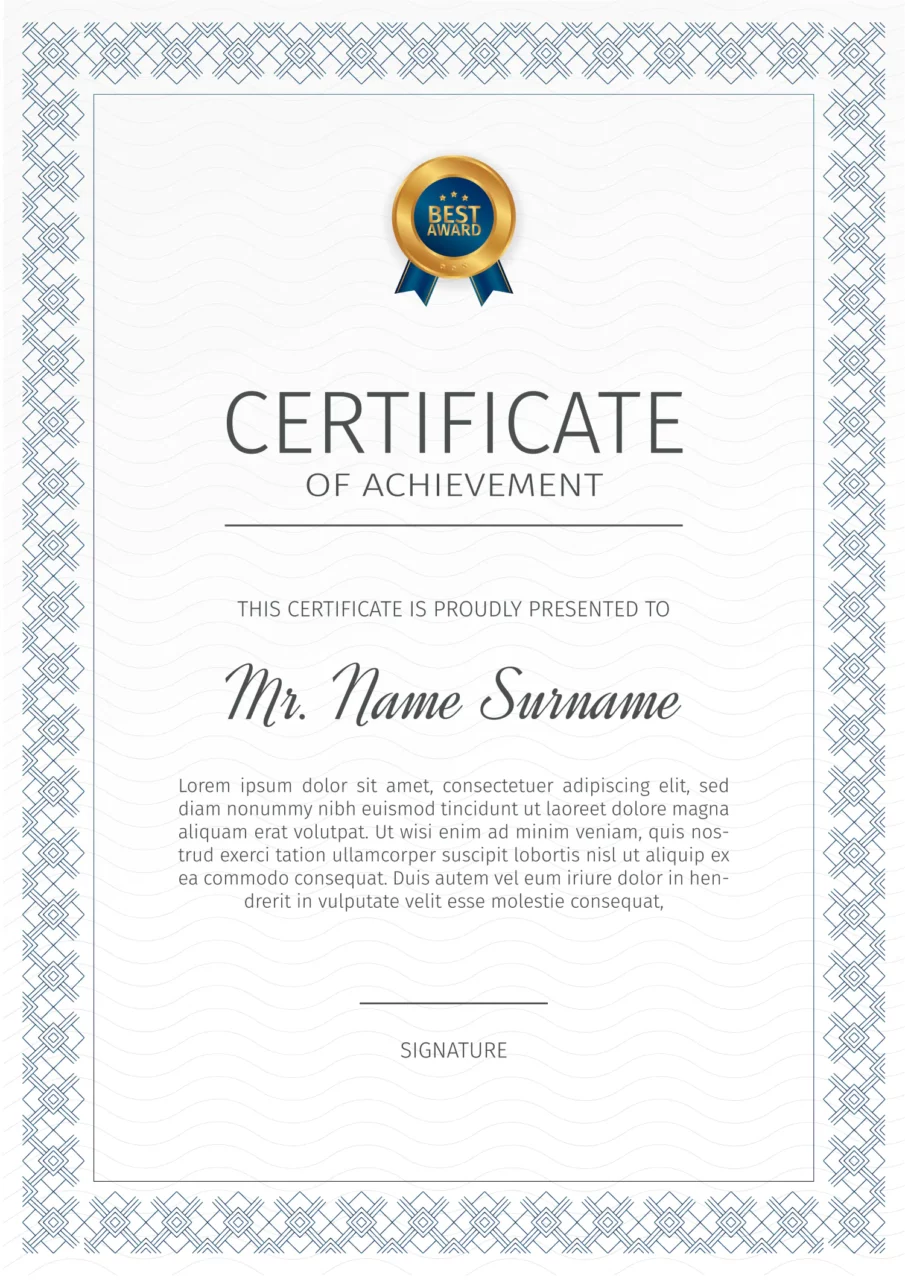Moving head light, everything you need to know
In the world of entertainment and stage productions, lighting plays a pivotal role in creating captivating experiences for audiences. Among the many lighting fixtures available, “Moving Head Lights” stand out as versatile and dynamic tools that have revolutionized the way light is used on stage. These innovative fixtures have become essential elements in concerts, theaters, nightclubs, and other events, enabling lighting designers to unleash their creativity and deliver breathtaking performances. In this article, we will delve into the fascinating world of moving head lights, exploring their functions, various types, and the notable brands that have elevated the art of stage illumination.
What is a Moving Head Light?
At its core, a moving head light is a highly flexible lighting fixture that can pan, tilt, and rotate its light source in multiple directions. Unlike traditional stationary lights, moving head lights offer a wide range of motion, allowing lighting designers to achieve dynamic effects, such as changing the direction, focus, and color of the light during performances.
The Function of Moving Head Lights
Moving head lights serve as essential tools in stage lighting design, helping to set the mood, accentuate performers, and enhance the overall visual experience. With their ability to move swiftly and accurately, these lights can follow performers, create captivating light shows, and adapt to the changing requirements of live events.
How Do Moving Stage Lights Work?
Moving head lights are equipped with motors that control their pan (side-to-side) and tilt (up-and-down) movements. These motors, combined with advanced control systems, enable precise positioning of the light beam. Additionally, the lights can be programmed with DMX control to execute intricate movements and lighting sequences.
Different Types of Moving Head Lights
a) Moving Head Beam Lights
- Ideal for producing narrow, intense beams of light.
- Commonly used in concert lighting, creating impactful and dramatic effects.
b) Moving Head Spot Lights
- Offer a more focused, controllable beam of light.
- Perfect for highlighting individual performers on stage or creating stunning gobo projections.
c) Moving Head Wash Lights
- Produce a wide, soft, and even wash of light over a larger area.
- Often used to illuminate the entire stage or create ambient lighting effects.
The Difference Between Moving Head Beam and Spot Lights
Moving head beam lights are designed to produce narrow beams with sharp edges, making them ideal for creating defined shapes and patterns. On the other hand, spot lights offer a more controlled and focused beam, allowing for precise highlighting of specific elements on stage.
The Difference Between Moving Head Beam and Wash Lights
Moving head wash lights provide a broad and uniform spread of light, making them suitable for general stage illumination and color washes. Beam lights, however, focus on generating more concentrated, intense beams that can create striking visual effects.
Hybrid Moving Head Lights
Hybrid moving head lights combine the functionalities of beam, spot, and wash lights into a single fixture. This innovation allows lighting designers to enjoy the best of all worlds and opens up new possibilities for creative stage lighting.
DMX Channels and Control
Moving head lights use DMX (Digital Multiplex) control, which enables lighting designers to manipulate various aspects of the light, such as intensity, color, movement, and effects. These fixtures typically use multiple DMX channels for individual control of different features.
Notable Brands and Products
- Brand A: [Description of the brand and its focus on cutting-edge moving head technology.]
- Brand B: [Highlighting the innovative product offerings and widespread use in the industry.]
- Brand C: [Exploring a brand that specializes in hybrid moving head lights, with notable features.]
Conclusion
Moving head lights have become the cornerstone of modern stage lighting, transforming performances into mesmerizing spectacles. With their ability to move dynamically and project a vast array of lighting effects, they continue to be indispensable tools for lighting designers in the entertainment world. As technology advances, we can expect even more innovations that push the boundaries of creativity and enhance the magic of stage illumination.
